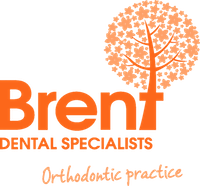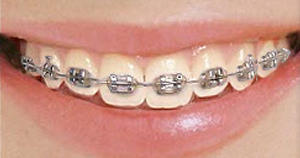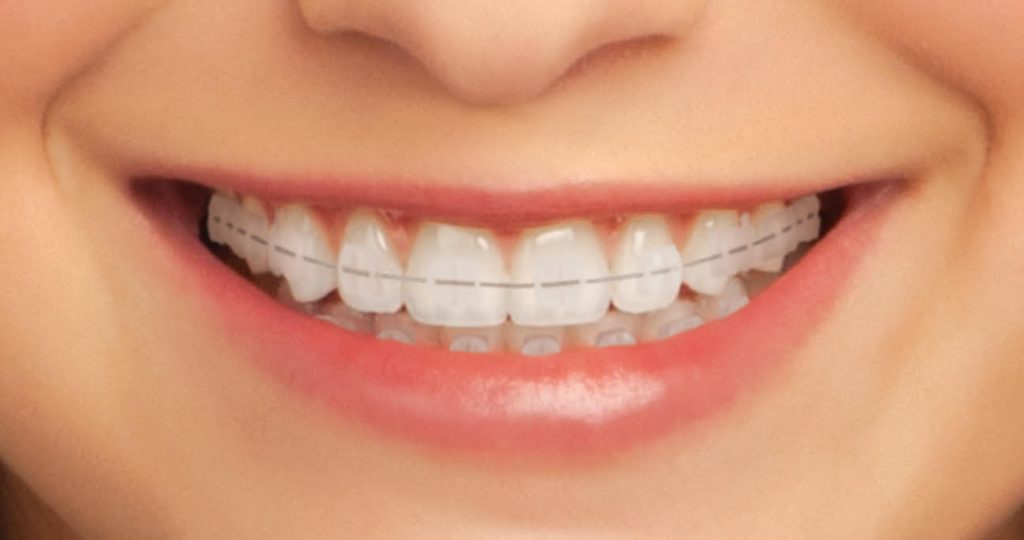
BRENT DENTAL SPECIALISTS IS TEMPORARILY CLOSED
In light of the escalating Coronavirus (COVID-19) pandemic, we have received government communications advising us to close our doors for face-to-face consultations until further notice. This measure is to help safeguard the public and prevent the spread of Covid-19.
As a result, we have been forced to cancel ALL appointments. We will be in touch directly to arrange a new appointment, but please bear with us, as our staff have been inundated with queries.
EMERGENCY ORTHODONTIC CARE
If you have an orthodontic emergency, please contact us by phone on 0203 815 5142 as we are still operating a ‘Phone Advice Service’ and will help you through the next steps. You can also contact us via email or via our website.
Telephone triage opening hours:
Mon – Thurs: 8am – 8pm
Friday: 8am – 5:30pm
Saturday: 9am – 3pm
Sunday 9am – 3pm
1.Brace: If your bracket/ brace/ wire is loose – please use wax where you can and call the practice for more information.
2.Retainers: If your retainers are broken, please contact us as soon as possible as we may be able to get these made and sent directly to you in the post or provide instructions on what to do.
3.Elastics: We would advise you to continue wearing these until run out, but we will not be providing any further elastics during this time
4.Treatment delay: We know many of you will be concerned about delays to treatment but we will not be able to see anyone until we are advised to reopen. However, if we are able to open sooner we will of course move appointments forward.
5. Not sure? If you are unsure, please do not hesitate to contact the practice and we can talk you through any concerns
Your care and comfort are our priority and we will provide as much guidance and support as possible to avoid the need for you to visit Urgent Dental Care Centres which have been set up across London to assist patients who are in desperate need of emergency treatment.
ROUTINE ORTHODONTIC CARE AND NEW PATIENT CONSULTATIONS
If you have a routine appointment, we will be rescheduling this if it has not already been done.
If you are looking to make a new appointment for example, a new consultation appointment, please contact us directly (phone/ email/ website) and we can get this arranged and booked in the diary for June, which is when we are hoping to open.
A PERSONAL NOTE FROM US
We have not taken this decision lightly, as we are aware it is an enormously uncertain time for everybody and an unprecedented time for all of healthcare.
Rest assured our decision has been with the safety of our patients, staff and the wider community in mind.
We would like to take this opportunity to remind everyone to stay at home and to be safe. We hope you stay positive and look forward to welcoming you back when we reopen.
The Brent Dental Specialists team




 Dr Maryam Izadi
Dr Maryam Izadi BDS MFDS RCS Ed MClinDent MOrth RCS Eng FDS (Orth) RCS Eng
BDS MFDS RCS Ed MClinDent MOrth RCS Eng FDS (Orth) RCS Eng Sed ut perspiciatis unde omnis iste natus error sit voluptatem accusantium doloremque laudantium, totam rem aperiam, eaque ipsa quae ab illo inventore veritatis et quasi architecto beatae vitae dicta sunt explicabo. Nemo enim ipsam voluptatem quia voluptas sit aspernatur aut odit aut fugit, sed quia consequuntur magni dolores eos qui ratione voluptatem sequi nesciunt. Neque porro quisquam est, qui dolorem ipsum quia dolor sit amet, consectetur, adipisci velit, sed quia non numquam eius modi tempora incidunt ut labore et dolore magnam aliquam quaerat voluptatem. Ut enim ad minima veniam, quis nostrum exercitationem ullam corporis suscipit laboriosam, nisi ut aliquid ex ea commodi consequatur? Quis autem vel eum iure reprehenderit qui in ea voluptate velit esse quam nihil molestiae consequatur, vel illum qui dolorem eum fugiat quo voluptas nulla pariatur?”
Sed ut perspiciatis unde omnis iste natus error sit voluptatem accusantium doloremque laudantium, totam rem aperiam, eaque ipsa quae ab illo inventore veritatis et quasi architecto beatae vitae dicta sunt explicabo. Nemo enim ipsam voluptatem quia voluptas sit aspernatur aut odit aut fugit, sed quia consequuntur magni dolores eos qui ratione voluptatem sequi nesciunt. Neque porro quisquam est, qui dolorem ipsum quia dolor sit amet, consectetur, adipisci velit, sed quia non numquam eius modi tempora incidunt ut labore et dolore magnam aliquam quaerat voluptatem. Ut enim ad minima veniam, quis nostrum exercitationem ullam corporis suscipit laboriosam, nisi ut aliquid ex ea commodi consequatur? Quis autem vel eum iure reprehenderit qui in ea voluptate velit esse quam nihil molestiae consequatur, vel illum qui dolorem eum fugiat quo voluptas nulla pariatur?” BDS MJDF RCS Eng MClinDent MOrth RCS Eng
BDS MJDF RCS Eng MClinDent MOrth RCS Eng